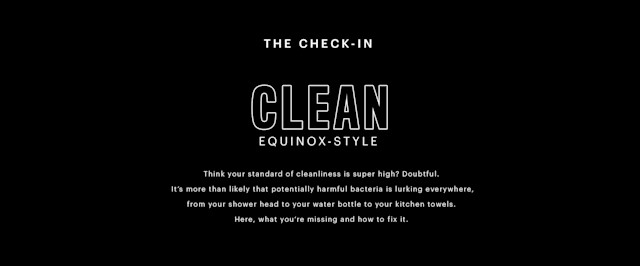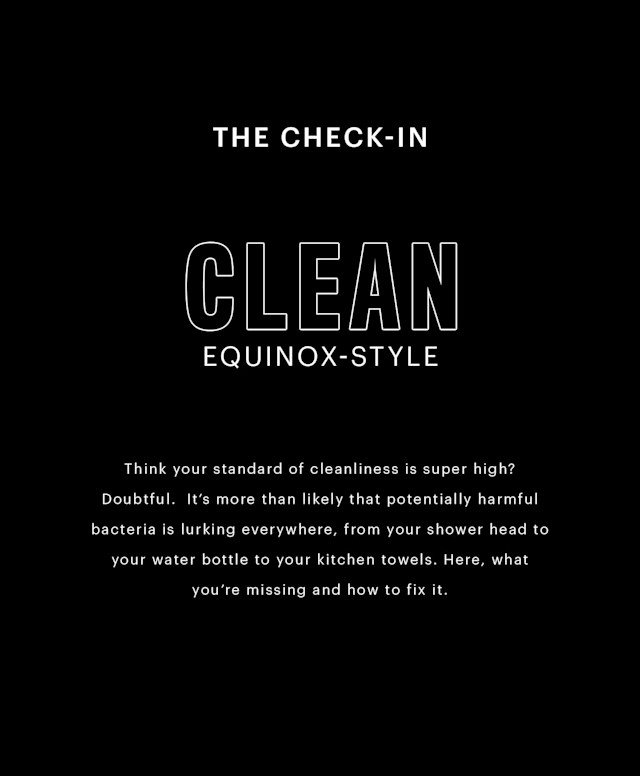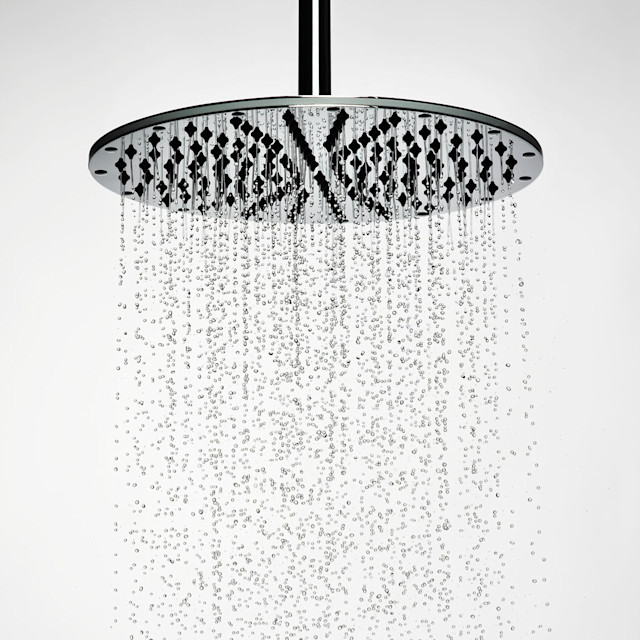
IS YOUR SHOWER HEAD FILTHY?
Bacteria is raining down on you every time you shower, according to a study published in the journal mBio. Researchers swabbed more than 650 shower heads across the U.S. and Europe. While mycobacteria might be present in your daily showers, it’s more of a gross factor than anything to actually worry about. Instead, prioritize your faucet handles and toothbrush holder, which separate research found to be the dirtiest bathroom surfaces.
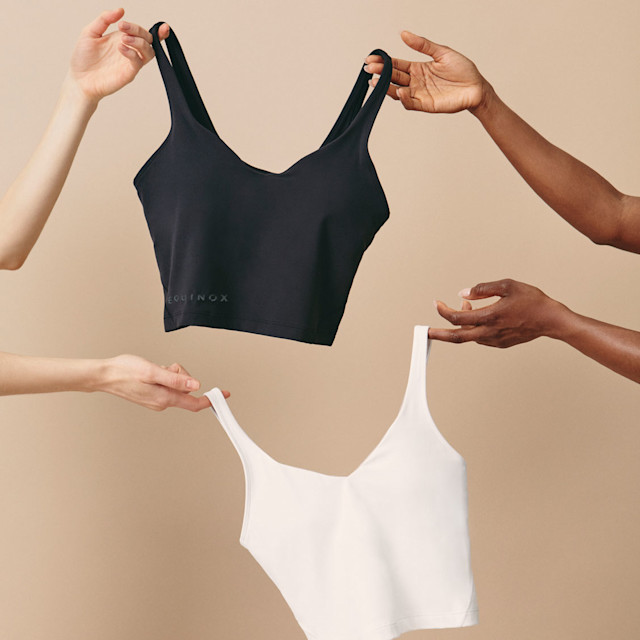
WASH WORKOUT GEAR RIGHT.
We asked Gwen Whiting, founder of cult detergent brand The Laundress, for best practices on cleaning exercise clothing. Her tips:
1. Always pretreat armpits [with a stain spray] so you don't get stain buildup over time.
2. Reduce your use of the dryer because that's where you lose elasticity in garments. The heat from the drying cycle will limit the lifespan of spandex.
3. If you have a hard time getting rid of odor, add The Laundress’s bleach alternative or use basic white vinegar to pre-soak clothes before washing.
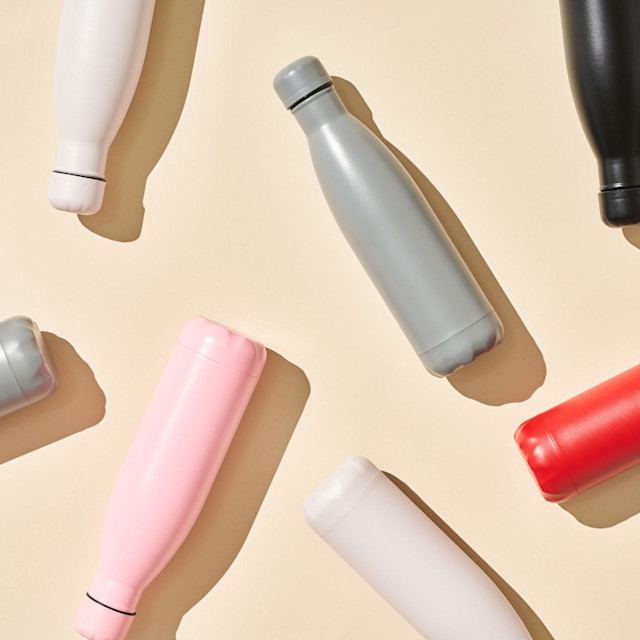
HOW TO SCRUB YOUR WATER BOTTLE
Leaving your reusable water bottle unwashed for days or refilling it before it dries completely can lead to bacterial growth. Tony Kim, Ph.D., assistant professor at James Madison University in Harrisonburg, Virginia, co-authored a study in which he looked at the germs in 90 reusable bottles and found that coliform bacteria like E. coli, which can cause stomach bugs, was among the most common, and are more likely to breed if there’s saliva (from backwash) present or if you keep your bottle at room temperature. It’s even worse if you drink out of an opaque container since the inside is dark and moist, prime conditions for bacterial growth.
Rinsing, even if you use soap, doesn’t do much. To really get rid of bacteria, you need to scrub the bottle’s inside as well as its mouthpiece, straw, and top, Kim says. Ideally you’d wash yours using a brush or sponge with a bleach-based cleaning product every time you drink a bottle-full and let it air dry pre-refill—even if that means multiple times per day. At the very least, always dump out leftover H2O to remove some of the germs left behind by your saliva.
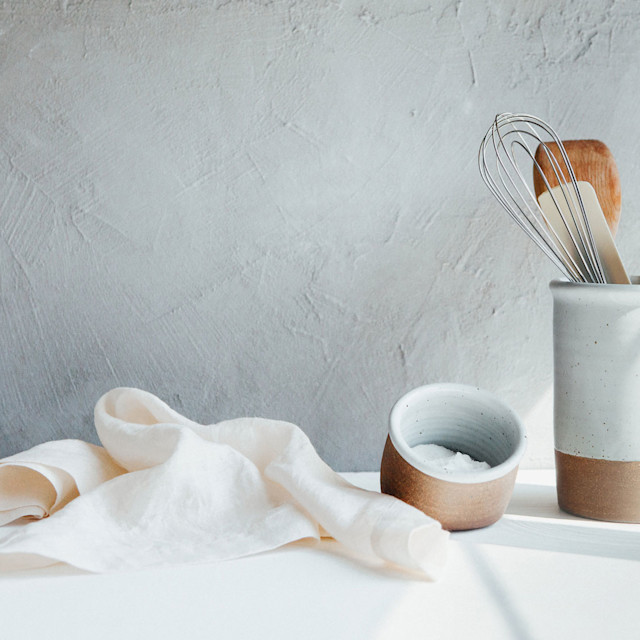
BACTERIA LOVE YOUR DISH TOWELS.
Researchers tested 100 kitchen towels that had been used for one month and found that half of them harbored bacteria. Of those dirty cloths, 37% were contaminated with E. coli and 14% with Staphylococcus aureus (staph). Towels used for multiple purposes—like cleaning up spills, wiping off hands, and drying utensils—were dirtier than those that had just one designated job, says study author Susheela Biranjia-Hurdoyal, Ph.D., senior lecturer in the department of health sciences at the University of Mauritius in Moka, Mauritius.
To nix bacterial growth—or at least cut it down—use each towel for one task and wash them if you notice they're damp. Biranjia-Hurdoyal recommends swapping used towels for fresh ones every day if you regularly eat meat and every two days if you're vegetarian.
